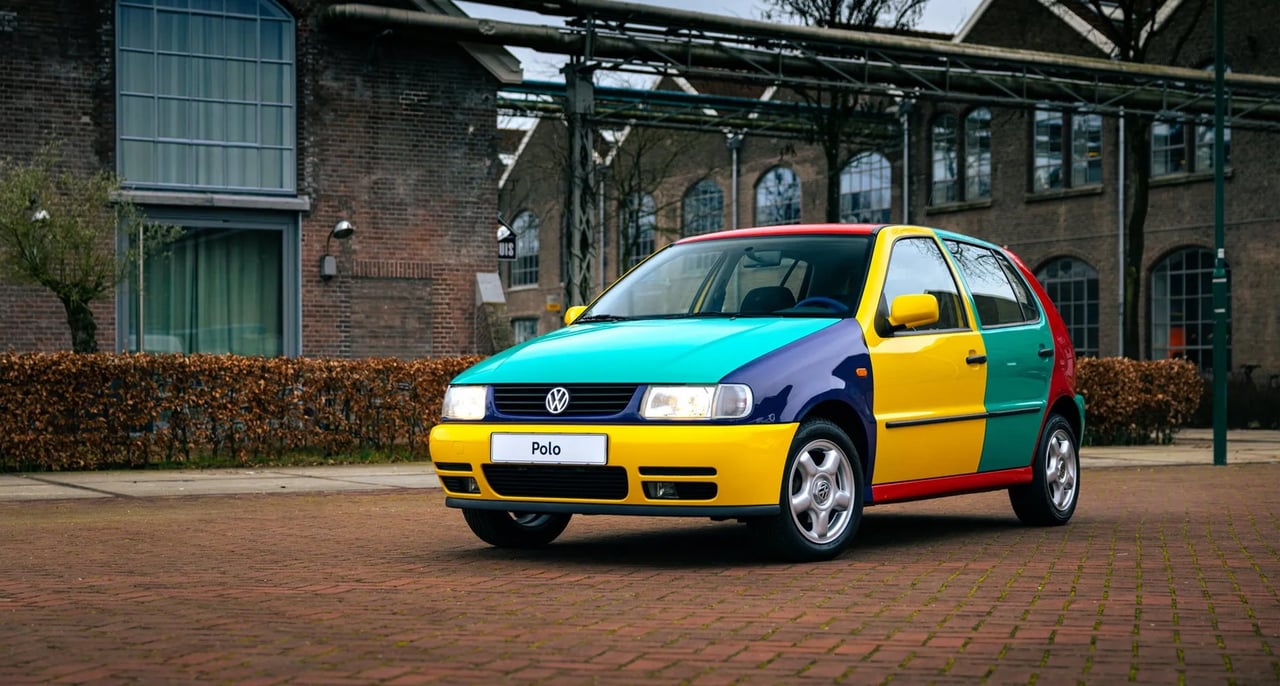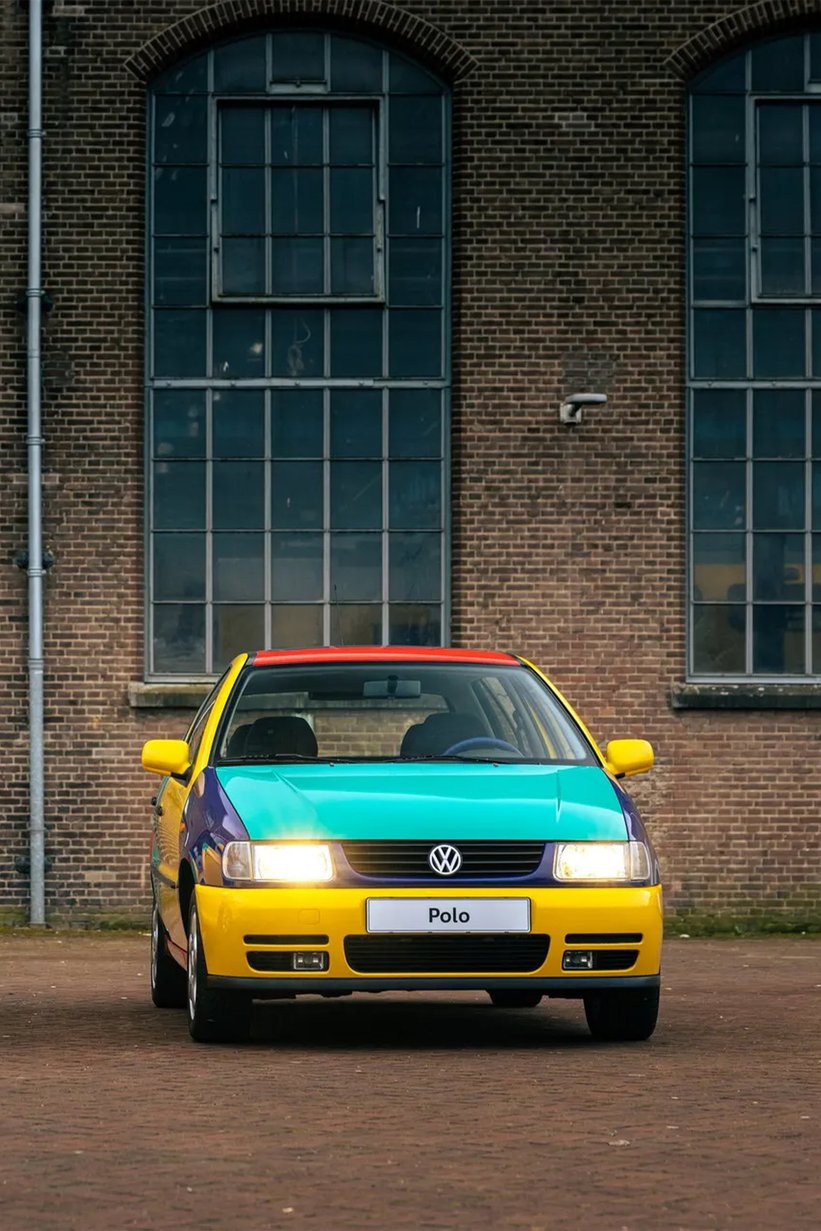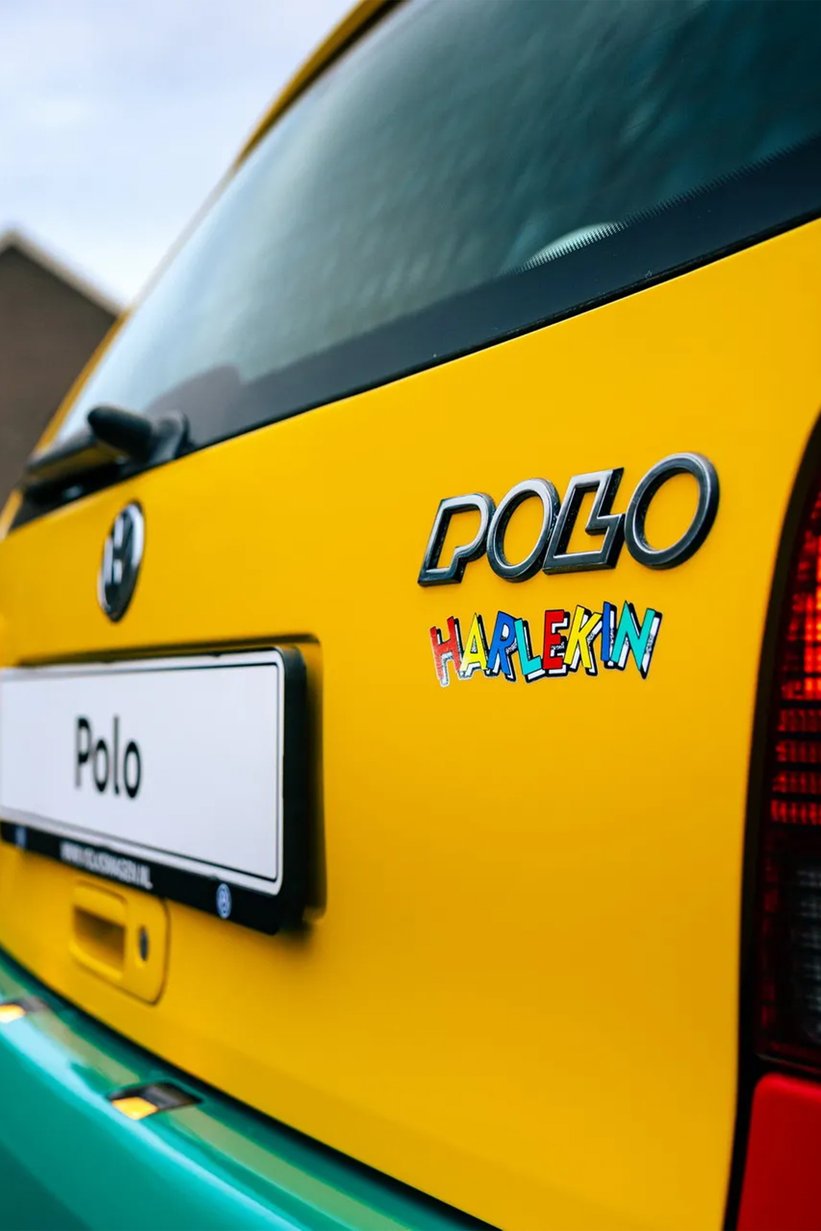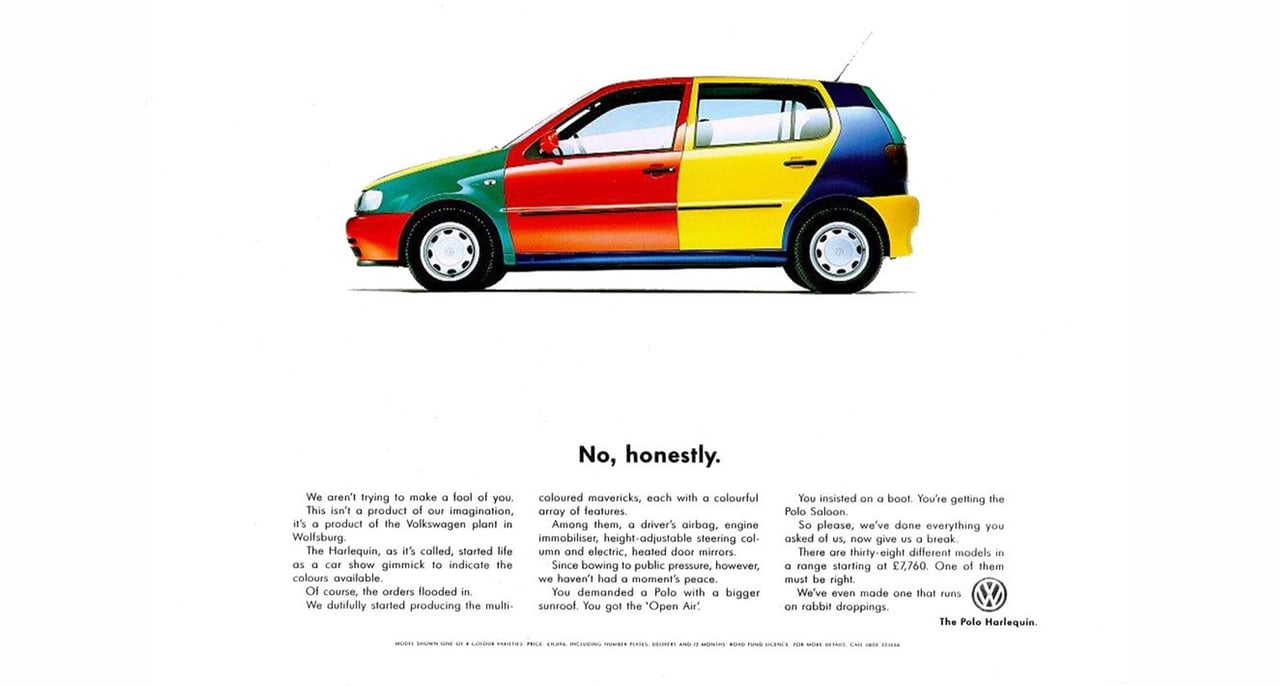
We’ve all been there. You’re loyal to a car brand, you’ve spent months researching the perfect engine and specification, only to be completely stumped by the colour choices. Do you blend in with a subtle blue or green, or show the world you mean business with a punchy yellow or red? It’s a tricky part of car buying, but sometimes cars come along that give you the option to have it all and turn heads while doing so.
The origins of the now much-loved Polo Harlekin, or sometimes known as Harlequin, are those of typical Volkswagen marketing wisdom, and although left many buyers scratching their heads wondering who would hand over their hard-earned money for a car resembling that of a clown’s outfit, the Harlekin is now one of Volkswagen’s most sought-after pieces of history.


Many stories exist around the car, but it is widely believed that the idea came from trainees working within Volkswagen’s HQ on the newly announced 6N1 Polo and used colour blocking to showcase various elements of the new hatchback. Green was for the paint, blue was given to the engine and chassis, yellow was for the interior, and red marked any special equipment the car had. Ten examples were produced, with another ten following in 1995 that would become marketing cars to be taken to Motor Shows around the world. The oddly coloured car was never intended to be a hit, and more to aid viewers in understanding more about the new model, but the public were smitten with the mixed-panelled city car, and demands began to flood into Volkswagen with eager buyers desperate to own one.
Incredibly, Volkswagen gave in to the demand, and 1,000 orders were taken for the Polo Harlekin, which would see one of the strangest production line arrangements in recent history. Many believed the Polos were simply resprayed in the four shades after completion, but careful planning and consideration was made to ensure every panel was mixed. The four colours, Chagall Blue, Flash Red, Ginster Yellow and Pistachio Green were all sprayed onto four different cars in their entirety as a base colour along the production line, where they would then be moved onto their own assembly line and disassembled. The four different base colours allowed the workers to follow a pre-determined plan, which would see the three remaining-coloured panels placed onto the correct car. The idea was that no two matching panels would touch, and that all four colours could be seen at any angle – something that must have taken a lot of consideration!

For the eager customers, there was no option for the choice of base colour, but it could be determined by the colour of the chassis, roof, C-pillars and rocker panels. They could choose from various optional extras, and each one of the 1,000 built came with a numbered plaque and bespoke keyring.
From a technical accident to marketing masterclass, the stories around the Harlekin still continue today, with rumours of nearly 4,000 cars being built in total over its lifespan. Upon the cars launch at the 1995 Frankfurt Motor Show, bodyshops local to Wolfsburg began to make their own versions, with rumours some were sold even before Volkswagen released their official customer cars. However you see it, it’s hard to deny the immense charm and quirkiness this piece of modern motoring history possesses!









